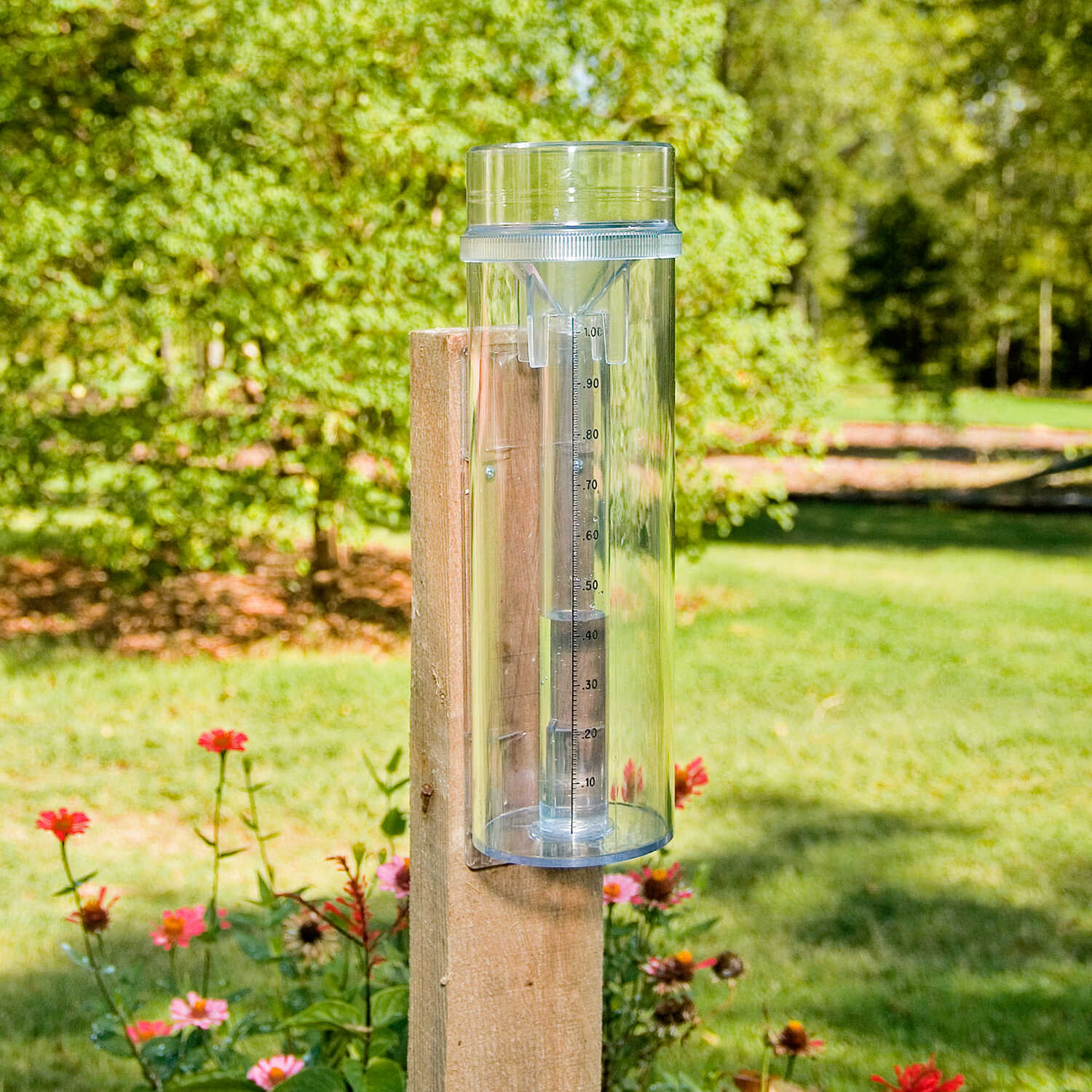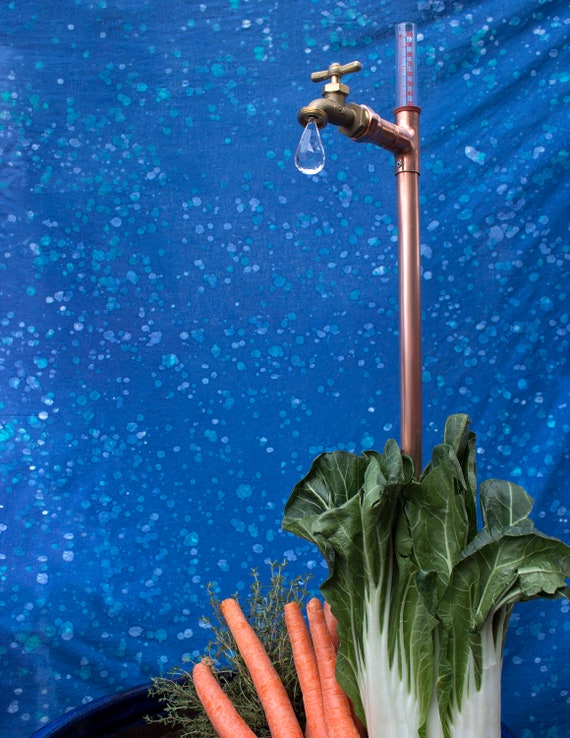The Rain Gauge: Vital Info and Finest Practices for Weather Condition Enthusiasts
The Rain Gauge: Vital Info and Finest Practices for Weather Condition Enthusiasts
Blog Article
Recognizing Rain Scale Measurements: A Full Guide
Comprehending Rain Scale Measurements: A Full Overview is a detailed source for anyone seeking a much deeper understanding of rainfall gauge dimensions. Whether you are a specialist in the area or just have an interest concerning rains dimension, this overview will equip you with the understanding needed to properly utilize rainfall scale dimensions.
The Relevance of Rainfall Gauge Measurements
The significance of rainfall gauge dimensions lies in their role as an essential device for properly monitoring and analyzing precipitation levels - The Rain Gauge. Rainfall gauge dimensions give valuable data that helps hydrologists and meteorologists understand patterns and fads in rains, which in turn aids in numerous fields such as agriculture, water source management, and environment research study

Precise rainfall dimensions are necessary for farming as they assist in establishing irrigation demands, crop growth, and return forecasts. Farmers depend on this details to make informed choices about when to water their crops, protecting against water wastage and making certain optimum crop health and wellness. In addition, rainfall data assists in analyzing the impact of droughts or too much rains on crop production, enabling farmers to take ideal measures to reduce losses.
Water source monitoring greatly depends on rainfall scale measurements to determine the amount of water offered in rivers, lakes, and tanks. Accurate measurements allow water managers to make educated choices regarding water allocation and circulation, ensuring sustainable use and avoiding lacks. This info is specifically essential in regions where water scarcity is a pressing issue.
Furthermore, rain gauge dimensions play an essential duty in environment research. By properly gauging rains over prolonged periods, scientists can analyze lasting environment patterns and determine changes in rainfall patterns due to environment modification. This data aids policymakers and scientists establish techniques to adjust to and minimize the impacts of environment adjustment.
Sorts Of Rain Scales
There are different kinds of rain evaluates used to gauge precipitation accurately. Each kind has its very own advantages and constraints, making them appropriate for various functions and atmospheres.
One of the most typical sort of rainfall scale is the typical round gauge. It contains a cylindrical container with a large funnel-shaped top to gather rain (The Rain Gauge). The water is then channelled into a finished gauging tube, enabling for accurate dimension of the amount of rainfall
Another type is the considering rain gauge. Evaluating rainfall evaluates are specifically useful in areas with frozen precipitation or hefty rains, as they are not affected by sprinkling or dissipation.
Tipping bucket rainfall gauges employ a system that pointers a tiny pail each time it collects a certain quantity of rain. The variety of tips is tape-recorded and used to calculate the rainfall. This kind of gauge is frequently utilized in automated weather condition stations because of its reduced maintenance needs and capacity to give real-time data.
Lastly, there are radar-based rainfall evaluates that use radar technology to approximate rainfall. These assesses gauge the intensity of rainfall in a certain location by examining the shown radar signals. They are particularly helpful for determining precipitation over large locations or in remote locations.
How Rainfall Scale Measurements Job
Rainfall gauge measurements are based on the principle of accumulating and gauging the amount of rainfall. These instruments are designed to record rain and give a precise measurement of the rains in a certain area.
The most usual kind of rain scale is the conventional cylindrical scale. It consists of a round container with a large opening on top to gather rain. The accumulated water is then channelled right into a gauging tube, which is adjusted to give the dimension in units of size, commonly inches or millimeters.
Another sort of rainfall scale is the tipping container scale. When they get to a certain weight threshold, it uses a seesaw-like system with 2 containers that tip. Each pointer of the container represents a details volume of check this site out rains, enabling accurate dimensions.
Some advanced rainfall gauges are outfitted with electronic sensors that instantly record and transfer information. These sensors use numerous technologies such as ultrasound or laser to gauge the quantity of rainfall precisely.
Aspects Influencing Rain Gauge Accuracy
Environmental aspects such as wind, temperature level, and atmospheric stress can dramatically influence the precision of rain gauge measurements. Modifications in atmospheric pressure can also affect the precision of rain gauge dimensions, as click to read they can change the price at which rainfall is accumulated.
Functional variables, on the other hand, refer to factors associated to the layout, setup, and maintenance of the rain scale. The placement of the rain gauge in an area with blocked air flow or near trees or structures can cause unreliable readings due to clog or splattering of rainfall. Inappropriate calibration or uneven maintenance of the rainfall scale can likewise affect its precision.
To guarantee the accuracy of rainfall gauge dimensions, it is crucial to take into consideration these elements and take appropriate procedures. This may involve choosing a suitable area for the rain scale, making certain appropriate installment and maintenance, and regularly adjusting the instrument. By resolving these aspects, trustworthy and exact rainfall dimensions can be gotten, which are vital for various applications such as weather condition forecasting, hydrological research studies, and farming.
Tips for Accurately Determining Rain
To ensure specific rainfall dimensions, it is crucial to execute particular methods and approaches when making use of a rain scale. Here are some tips for precisely determining rains:
Correct Positioning: Put the rain gauge in an open location, away from trees, buildings, and other obstructions that might conflict with the rainfall collection. It should be placed on a level surface to avoid water pooling or runoff.

Check Out the Scale Properly: When taking measurements, read the water level at eye level from all-time low of visite site the meniscus. Stay clear of parallax mistakes by aligning your sight directly with the water level.
Regular Time Period: Establish a consistent time period for determining rainfall, such as every 24 hr or after each rains event. This makes certain precise tracking and comparison of precipitation information.
Document Measurements Immediately: Tape-record rains dimensions as soon as feasible after collection to avoid dissipation or splilling. Utilize a rainfall scale with an integrated data logging feature for automated recording.
Verdict
In final thought, comprehending rainfall scale measurements is essential for properly measuring rains. It is important to consider factors that can impact the precision of rain gauge dimensions, such as wind, placement, and evaporation.
Recognizing Rainfall Gauge Dimensions: A Complete Guide is a comprehensive resource for anyone looking for a much deeper understanding of rainfall gauge measurements. Whether you are a specialist in the field or just have a curiosity concerning rainfall dimension, this overview will outfit you with the knowledge needed to successfully make use of rainfall gauge measurements.
The most typical kind of rain gauge is the conventional round scale.The most typical type of rain scale is the conventional round scale.An additional kind of rainfall gauge is the tipping pail scale.
Report this page